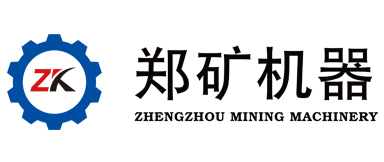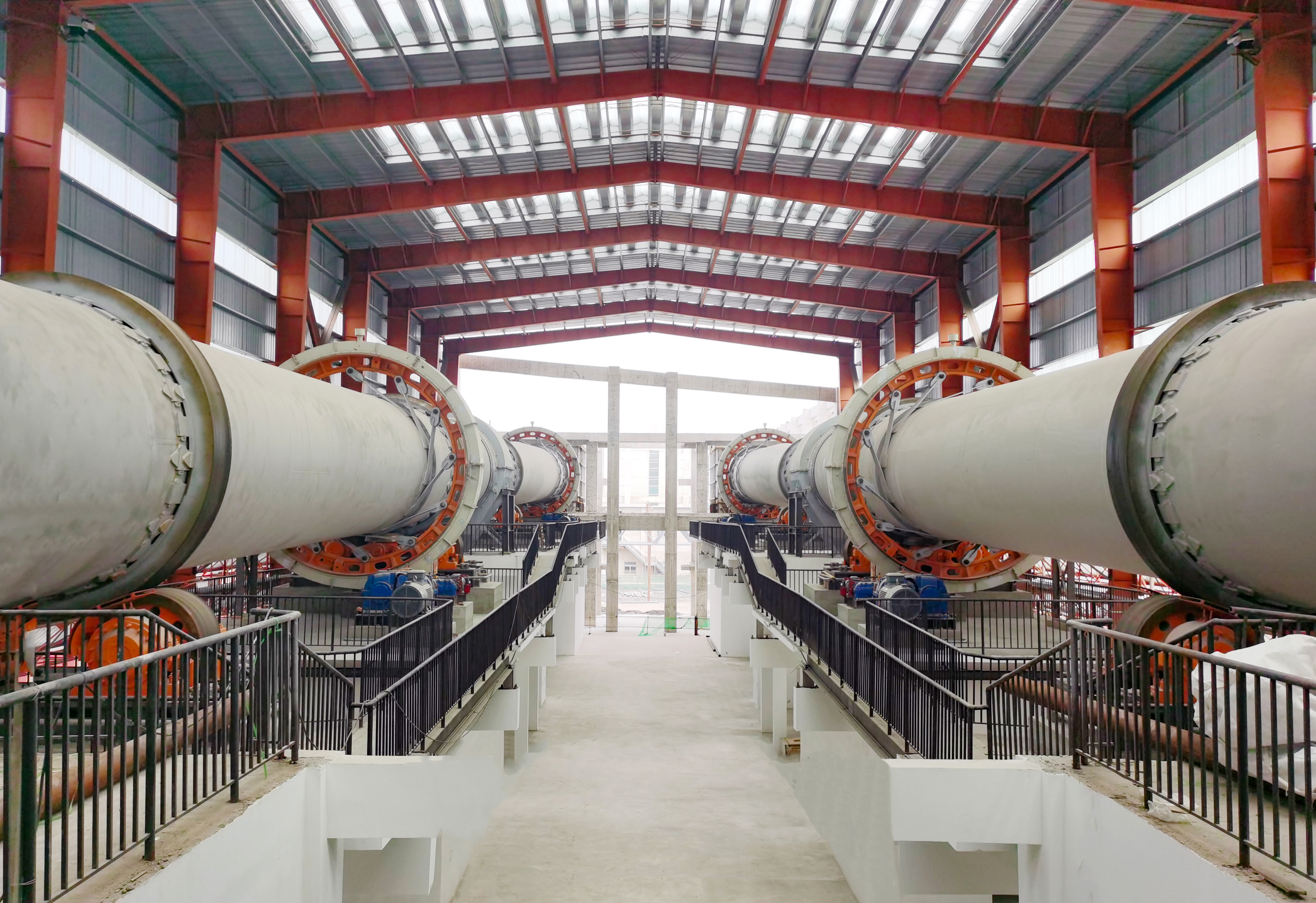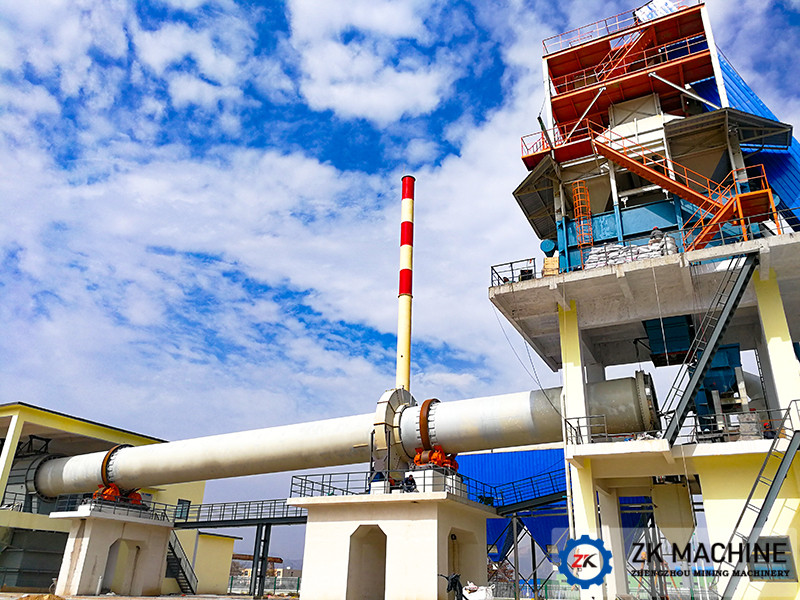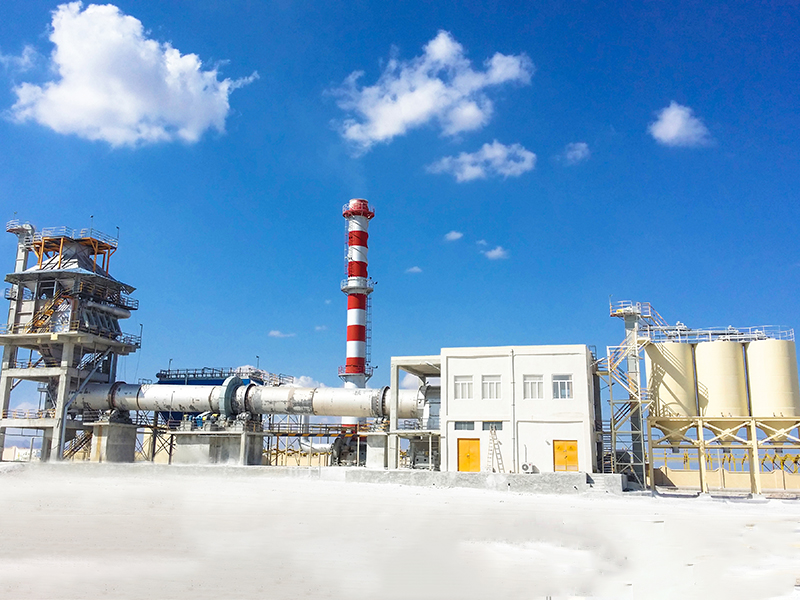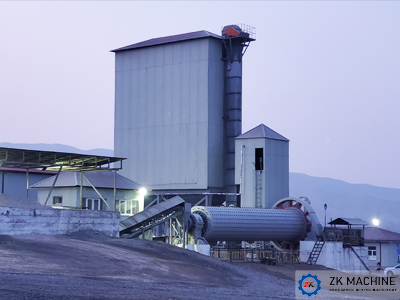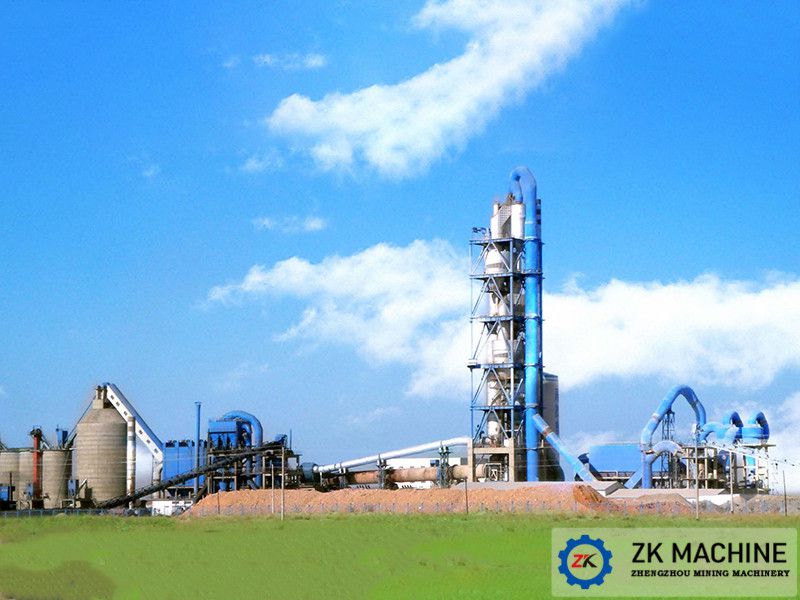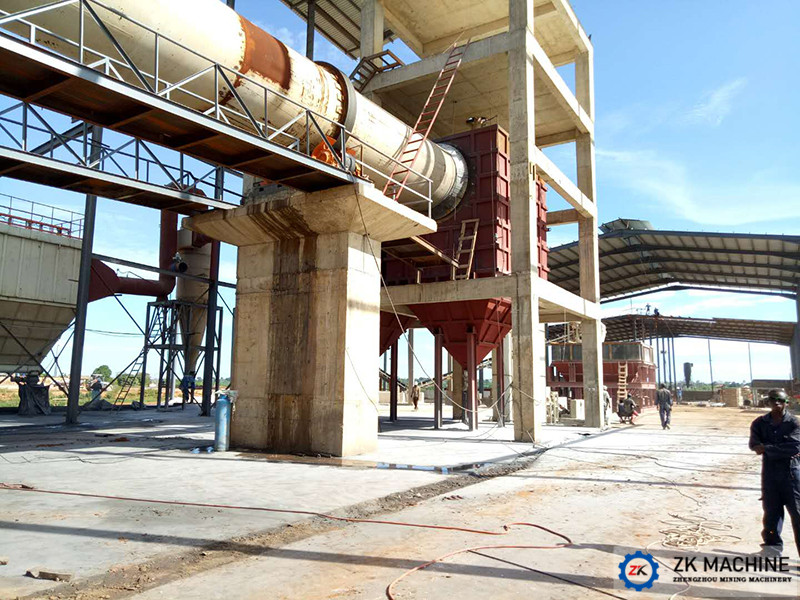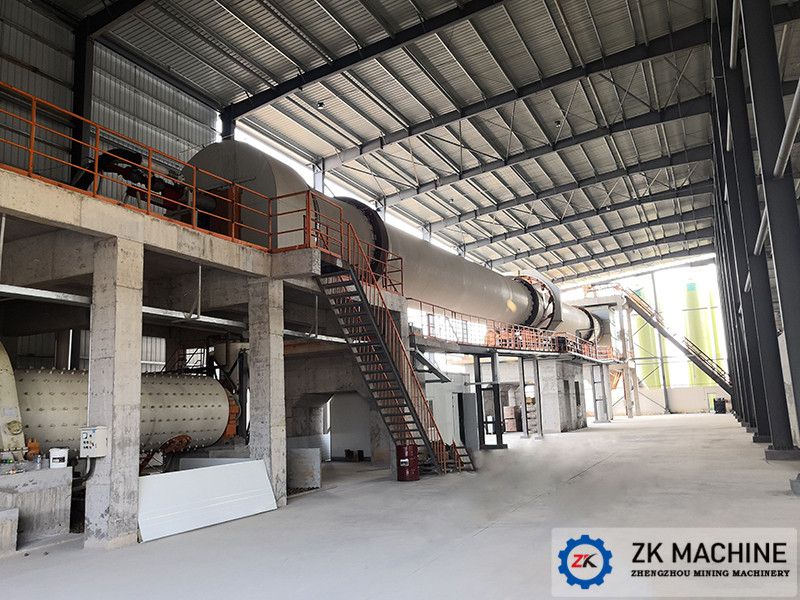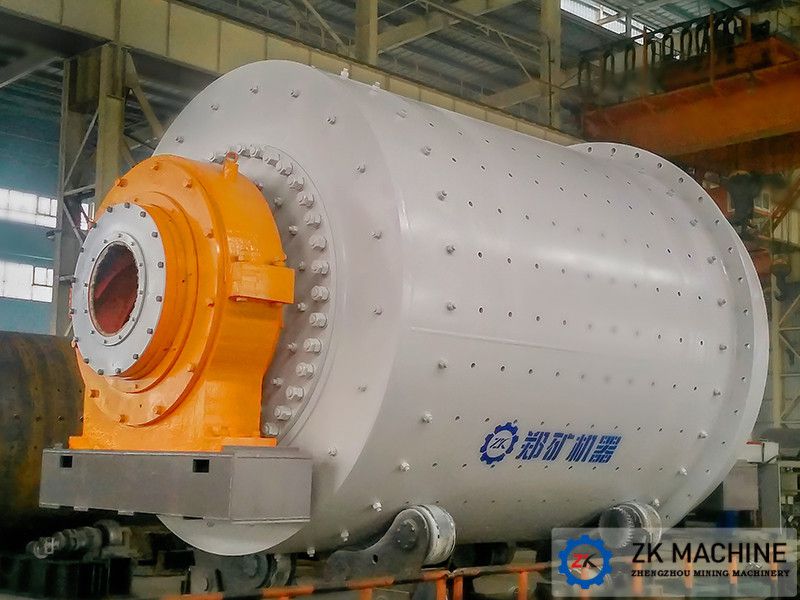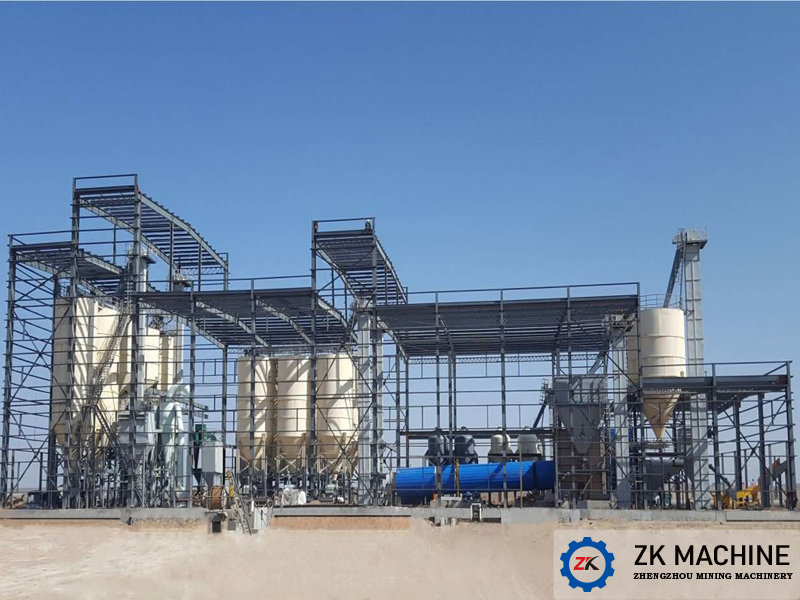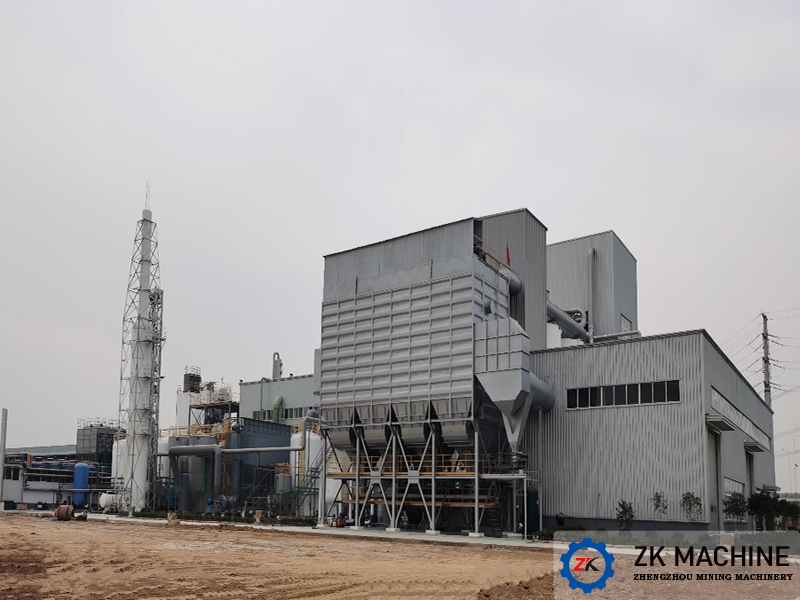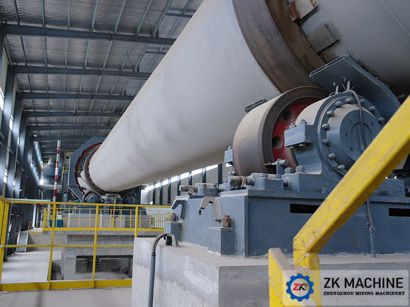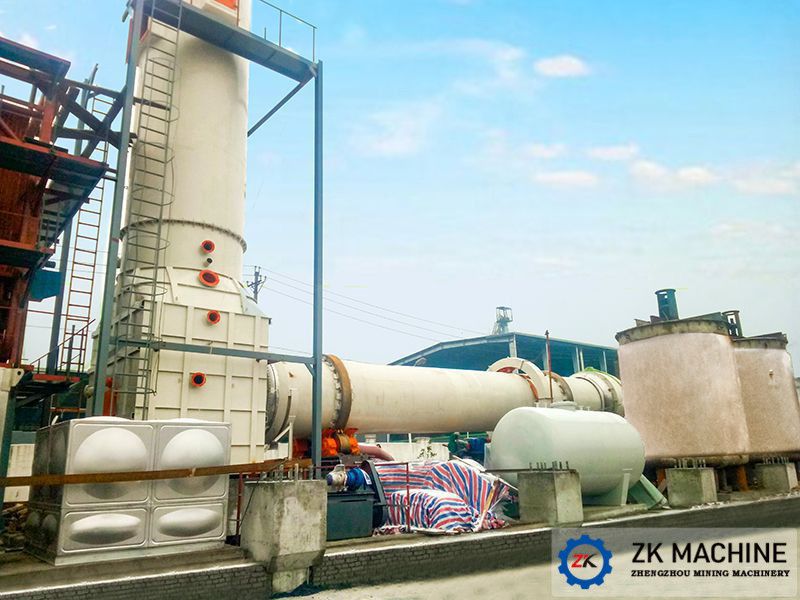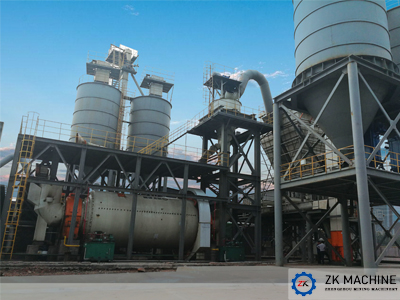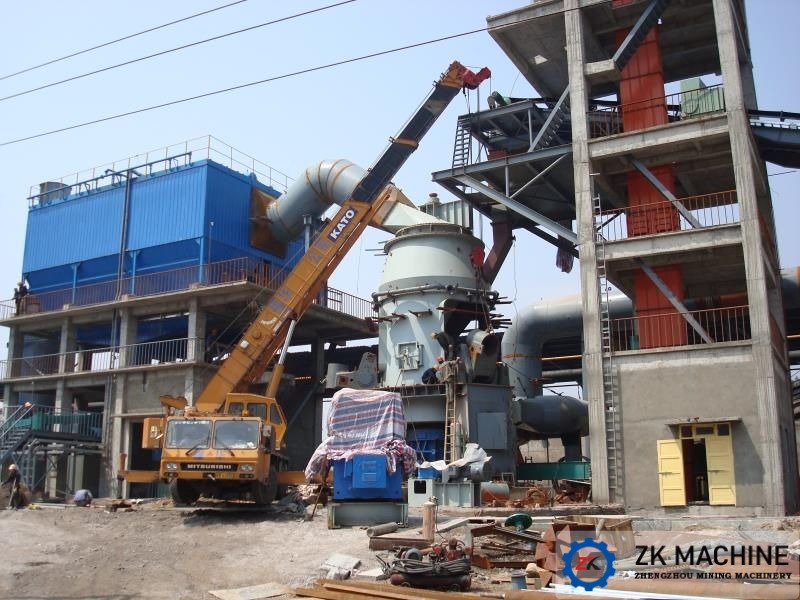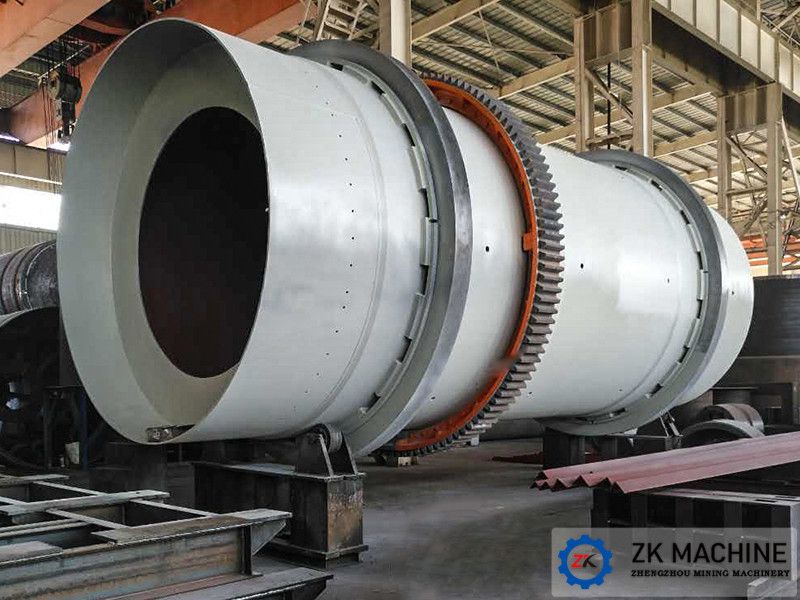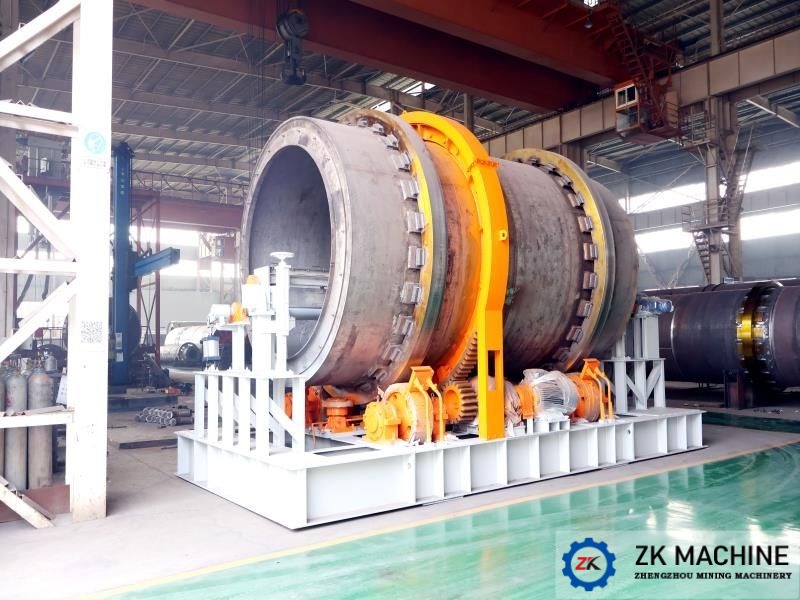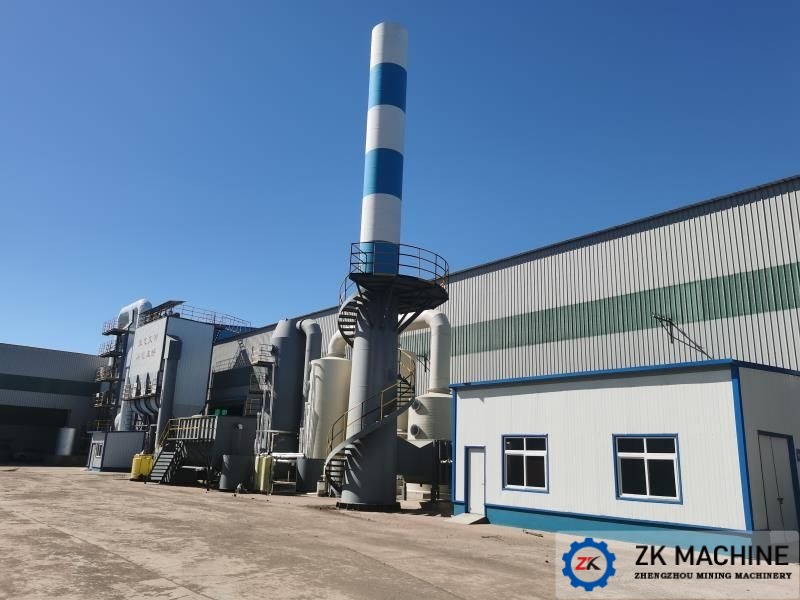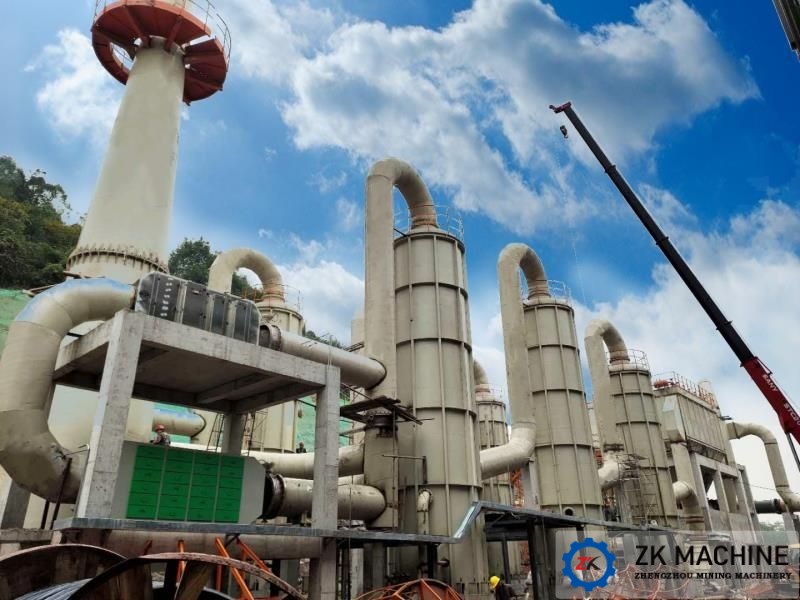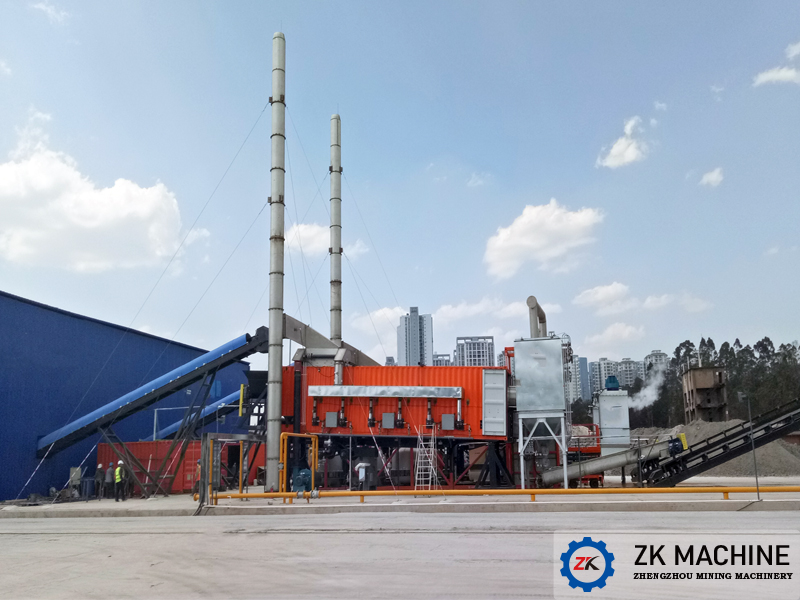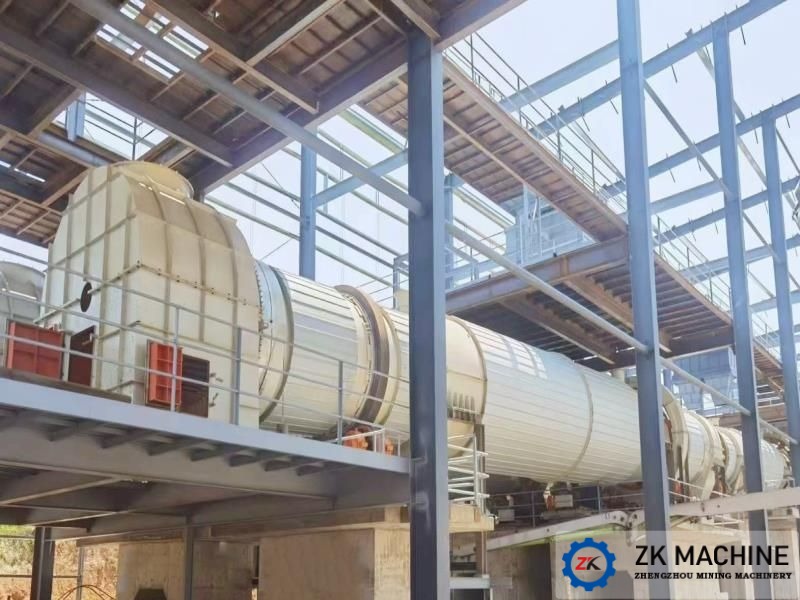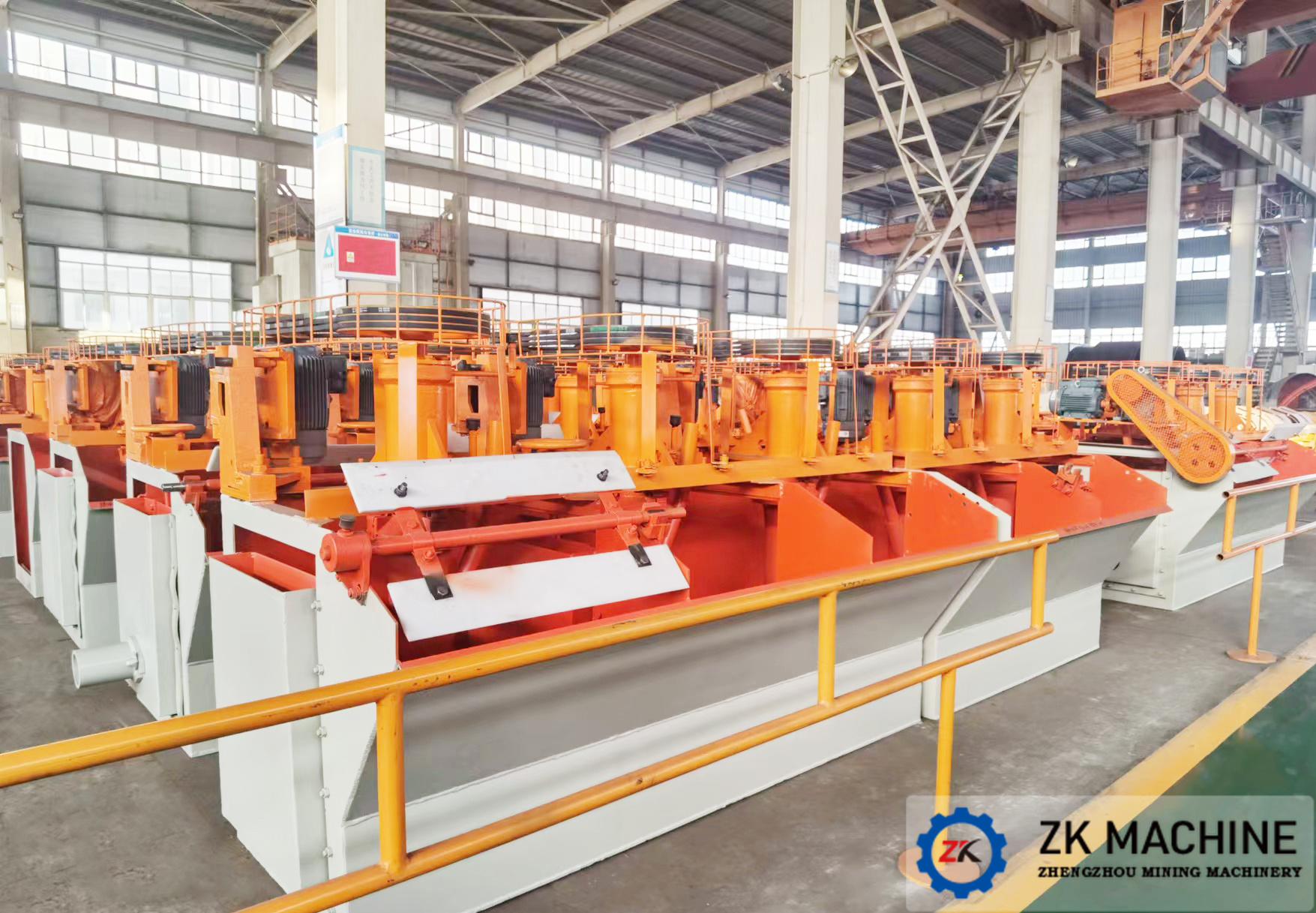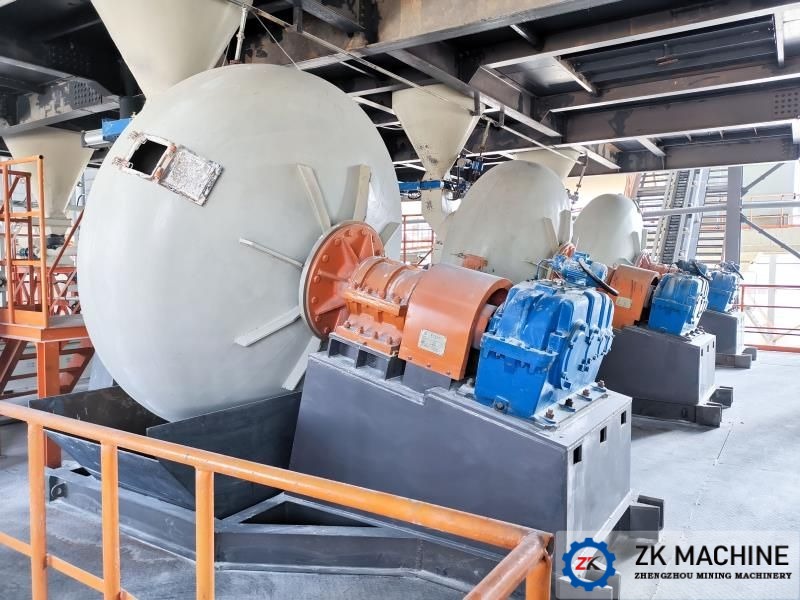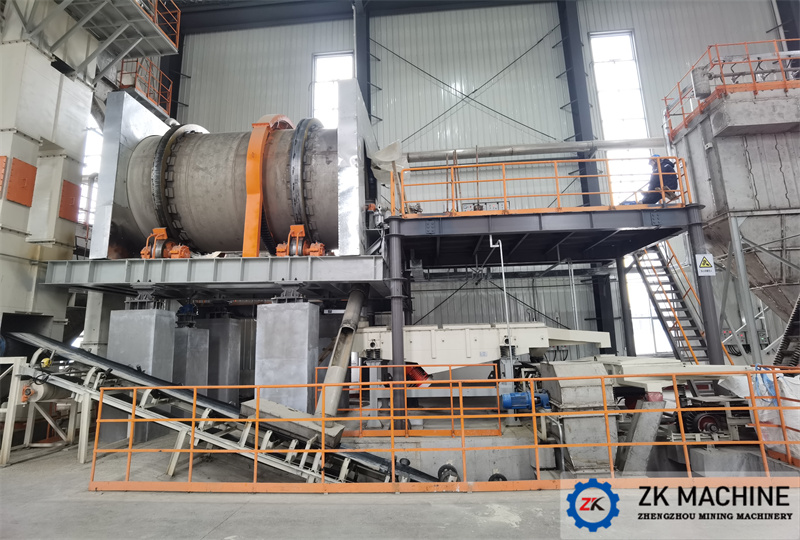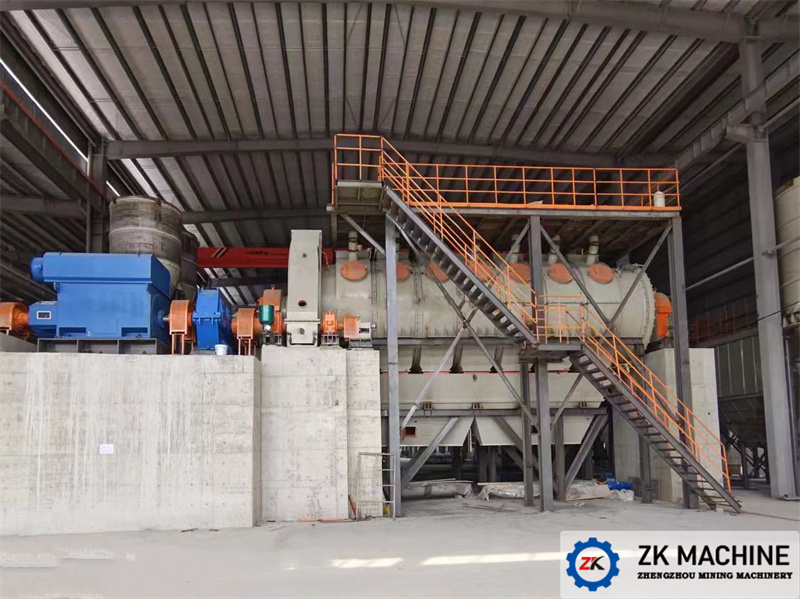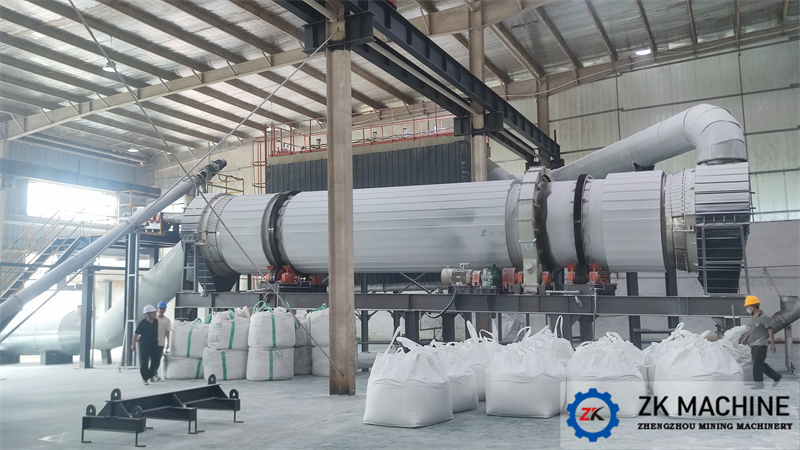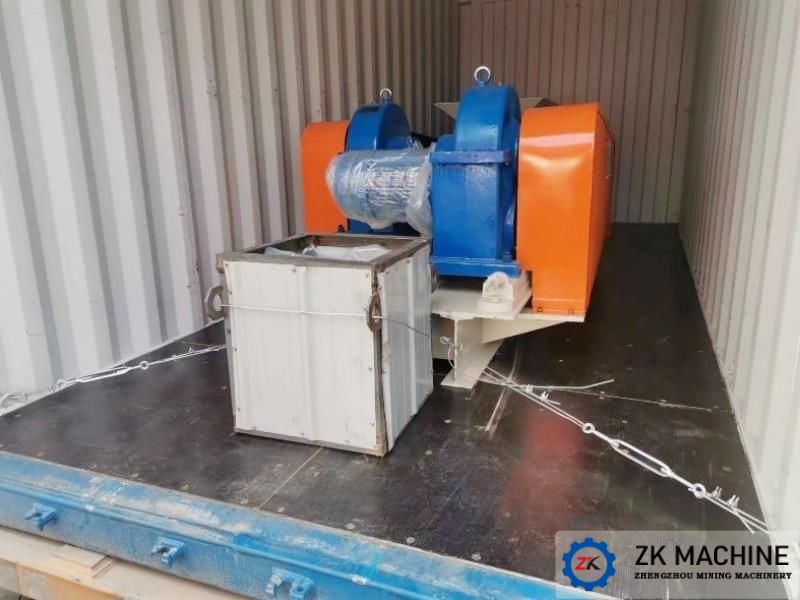Talking About the Selection of Ceramsite Raw Material Conveying Equipment
The raw materials for ceramsite production are generally shale, sludge, clay, fly ash, tailings mud and other materials, including block, powder, semi-fluid, etc., which are characterized by small particle size and high water content (except shale) , especially when the raw material moisture is as high as 75% when using sludge to produce ceramsite, Henan Zhengzhou Mining Machinery Co., Ltd. will introduce you the key points of the selection of conveying equipment.
1. Belt conveyor:
Belt conveyor is a friction-driven machine that transports materials in a continuous manner. It can be used for the transportation of broken and bulk materials, as well as for the transportation of finished items. For horizontal or inclined transportation, it is very convenient to use. It has the advantages of large conveying capacity, simple structure, convenient maintenance, low cost, and strong versatility. However, when conveying sludge, because the sludge has high water content, high viscosity, and easy sticking to the belt, it is easy to cause the conveyor belt to deviate and slip during the conveying process, which seriously affects the service life of the belt. Moreover, the belt conveyor is greatly affected by the site. Generally, a long belt corridor needs to be built in its layout, and the lifting height is relatively limited, and the general inclination angle does not exceed 20 degrees. Choosing this transportation method requires higher civil construction costs and a larger site.
In terms of sludge conveying, belt conveyors are suitable for conveying dried sludge with a moisture content of less than 40%. It is suitable for short-distance (less than 50m) and low-lift (less than 20m) sludge transportation. It is often used to transport thermally dried sludge to a designated location.
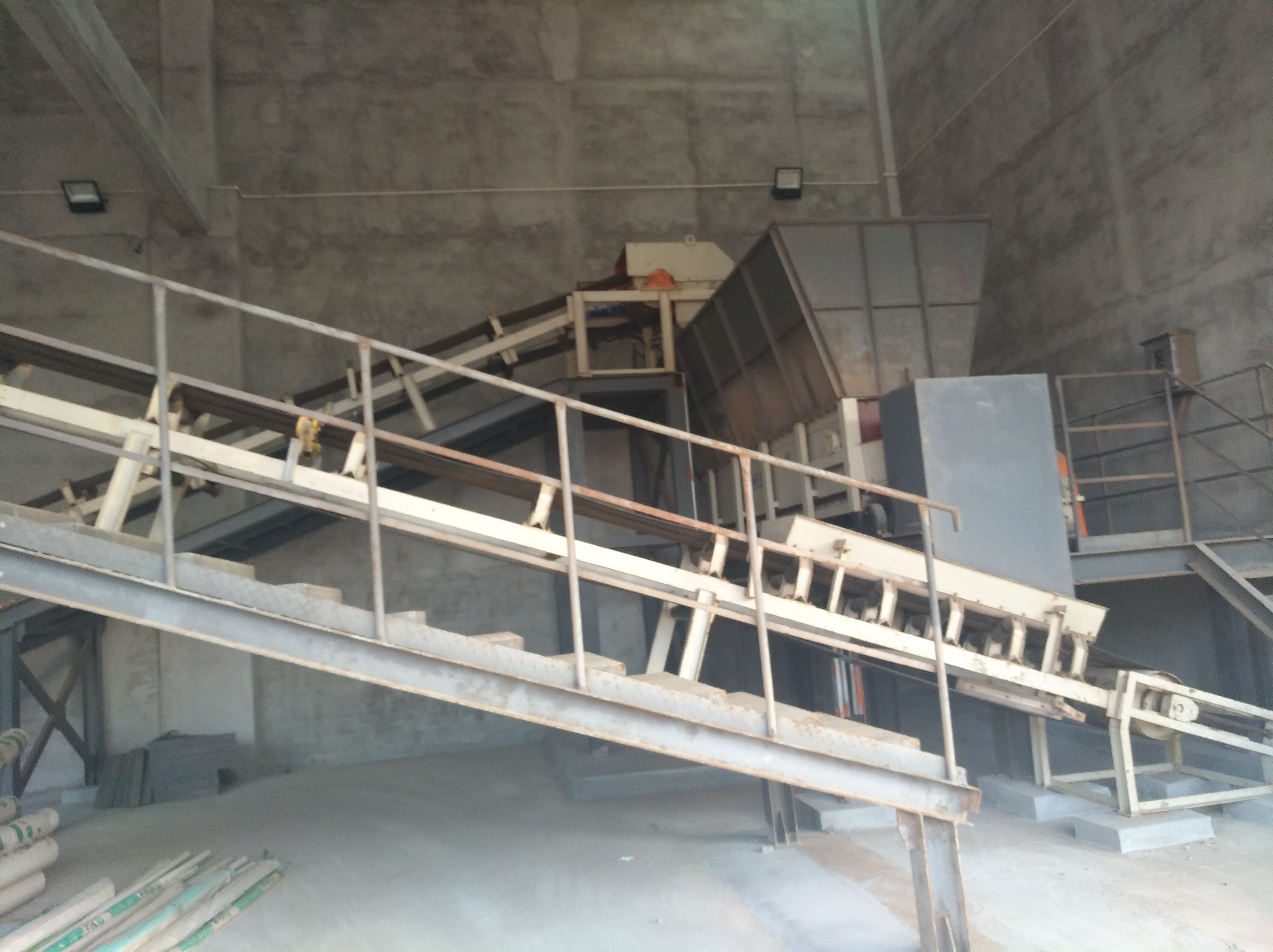
2. Screw conveyor
Screw conveyors are pressureless conveying, which can convey powdery and semi-fluid materials, such as fly ash and sludge.
The screw conveyor pushes the material forward through the rotating spiral blade. The force that keeps the material from rotating with the spiral blade is the weight of the sludge and the friction between the sludge and the casing. According to whether there is a screw shaft, the screw conveyor can be divided into a shaft screw conveyor and a shaftless screw conveyor; according to the number of screws, it can be divided into a single screw conveyor and a double screw conveyor. It can transport materials horizontally, obliquely or vertically, and can complete mixing, stirring and cooling operations while transporting materials.
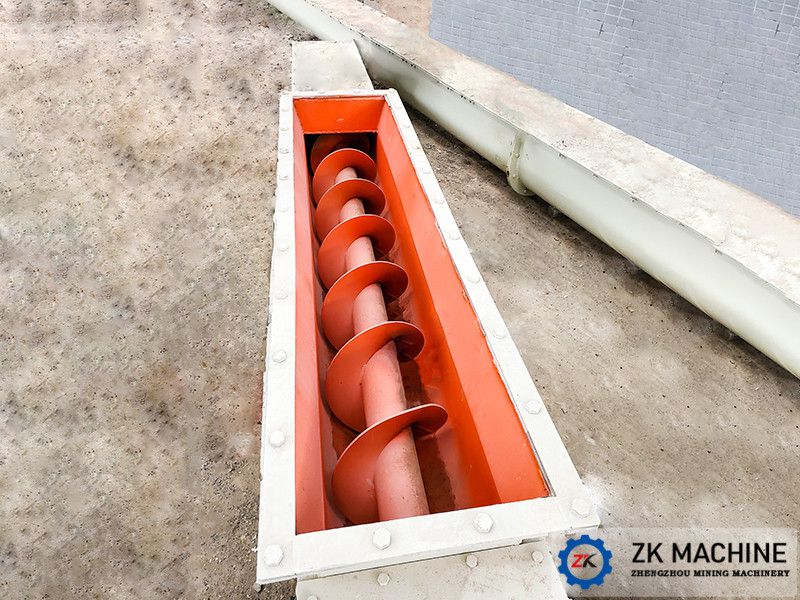
For sludge, the screw conveyor is suitable for conveying sludge with a relatively loose structure and medium viscosity in the range of 60% to 85%, suitable for short-distance (less than 25m) and low-lift (less than 8m) sludge transportation, often used in small and medium-sized town sewage in the sludge dewatering machine room of the treatment plant, the dewatered sludge is transported to the sludge storage bin or automobile tanker.
A single piece of screw conveyor equipment can only achieve horizontal or inclined conveying. When the conveying direction and conveying angle change, an additional level of conveying equipment is required. When conveying sludge with a moisture content of about 80%, the conveying inclination angle of the screw should not be greater than 25 degrees.
The screw conveyor groove is closed, which is convenient for short-distance conveying and easy to fly, and continuously and uniformly conveys looser, moderately viscous, and non-agglomerated materials. It can be loaded at any point of the line or unloaded at many points; it can also be mixed, stirred and cooled during the transportation process. But at the same time, it consumes a lot of power, the material is easily broken and worn, and is very sensitive to overload. Due to such shortcomings, screw conveyors generally can only transport frictional powder, granular particles and small lumps in a short distance granular material. The conveying length is generally 5-30m, and when it exceeds 40m, it consumes a lot of energy, which is not economical.
3. Plunger pump
The plunger pump relies on the reciprocating movement of the plunger in the cylinder to change the volume of the sealed working chamber to realize the transportation of semi-fluid materials. Plunger pump has the advantages of high rated pressure, compact structure, high efficiency and convenient flow adjustment. It is widely used in high pressure, large flow, high solid content, and more debris material transportation occasions.
For sludge with 80% moisture content, hydraulic double-cylinder plunger pump is adopted, and the design of viscous material with high solid content, the system has high delivery pressure (0-24Mpa), large delivery flow (0-80m3), and long delivery distance ( 0-1000m), large debris tolerance (can transport debris with an outer diameter not exceeding 1/2 of the pipe diameter), low operating cost (small number of wearing parts, long life, low price). It has the unparalleled superior characteristics of traditional conveying methods.
In principle, the plunger pump can transport any medium, almost not restricted by the physical and chemical properties of the medium. By optimizing the configuration of the pump hydraulic system and the structure of the pump body, as well as the selection of production materials and strengthening the sealing technology, there is no technical problem with the plunger pump to transport the sludge.
4. Tubular belt conveyor:
The structure of the tubular belt conveyor is not much different from the ordinary belt conveyor in terms of driving and belt tensioning, but the load-bearing roller set has indeed undergone major changes. Each roller group usually consists of 6 rollers arranged in a hexagon. The belt is wrapped into a tube by 6 rollers to hold the material.
Main features of tubular belt conveyor:
4.1 Bulk materials can be transported airtightly, without spilling or leaking during the transportation process, and at the same time preventing the mixing of materials outside the tube. Therefore, pollution-free green transportation is realized, the environment is purified, and there is no need to erect belt conveyor corridors or sealing covers, which reduces infrastructure and other costs, and reduces equipment costs;
4.2 The transmission line can be arranged in a curved space, can be turned in the vertical and horizontal planes, can bypass various obstacles, cross roads, railways, rivers and various buildings, etc., without intermediate reprinting, so the line layout is simple, the failure rate is small, and the amount of maintenance is small;
4.3 The conveying inclination can be increased. The material is enclosed by the conveyor belt. The lateral pressure and the friction between the material and the inner surface of the conveyor belt increase the conveying inclination. The greater the filling coefficient, the greater the inclination can be , up to 30°;
4.4 Materials can be conveyed in both directions.
In addition to selecting the type according to the characteristics of the conveying equipment, it is also necessary to consider the actual situation of the factory site, environmental protection requirements, labor intensity and maintenance workload.
